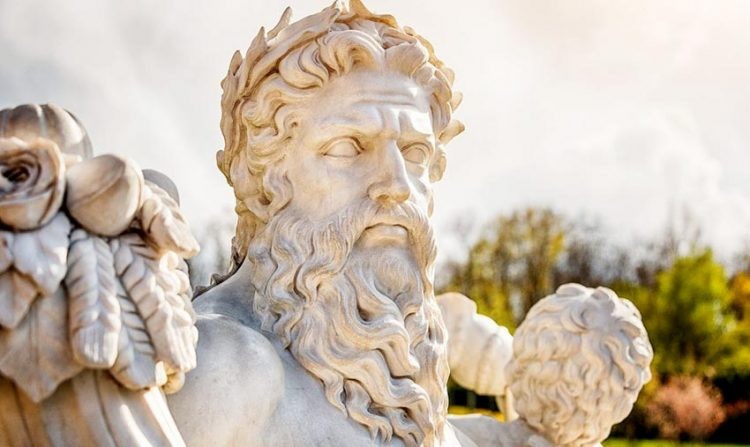1.Zeus, the Thunderous Sovereign
Zeus, the formidable king of the Greek gods, ruled from the majestic Mount Olympus. With control over thunder and lightning, Zeus was both a revered and wrathful deity. Dependent on his mercy for their crops, people worked diligently to appease him, fearing the consequences of his displeasure. As the ruler of Mount Olympus, Zeus maintained divine order, showcasing both wisdom and a quick temper. His punishments, like condemning Prometheus to eternal torment, revealed the notorious wrath of this magnanimous deity.
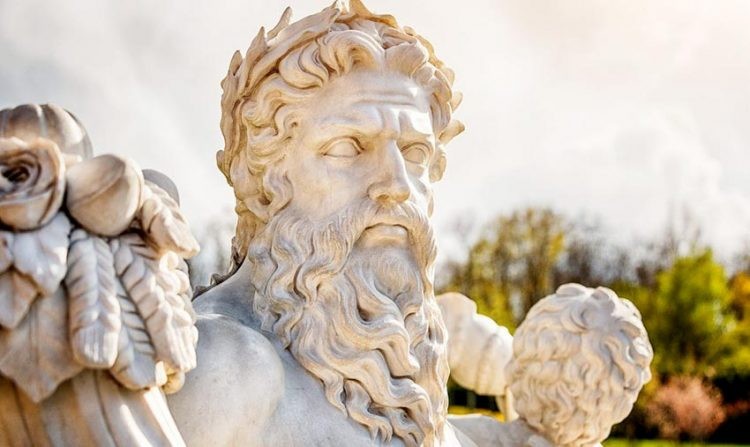
2.Thor, the Great Striker
Thor, Norse god of thunder, wielded the mighty Mjölnir with unmatched strength, defending gods from giants. Portrayed as both witty and fearsome, Thor’s control over weather, causing thunderstorms, led to widespread fear. Ancient Norse, fearing Thor’s wrath, appeased him through various sacrifices, understanding that their crops depended on his favor.
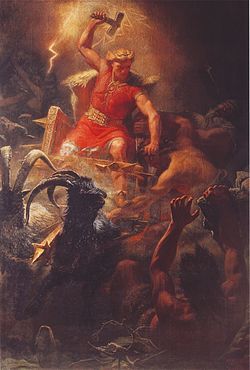
3.Sekhmet, the Lioness of Wrath
In ancient Egypt, Sekhmet, a goddess of war, brought plagues and destruction as a vicious lioness. Feared by enemies for her protection of Egyptian Pharaohs in battle, Sekhmet embodied both a protective and destructive force. Imagined as a fearsome lioness, her presence promised death and pestilence to adversaries.
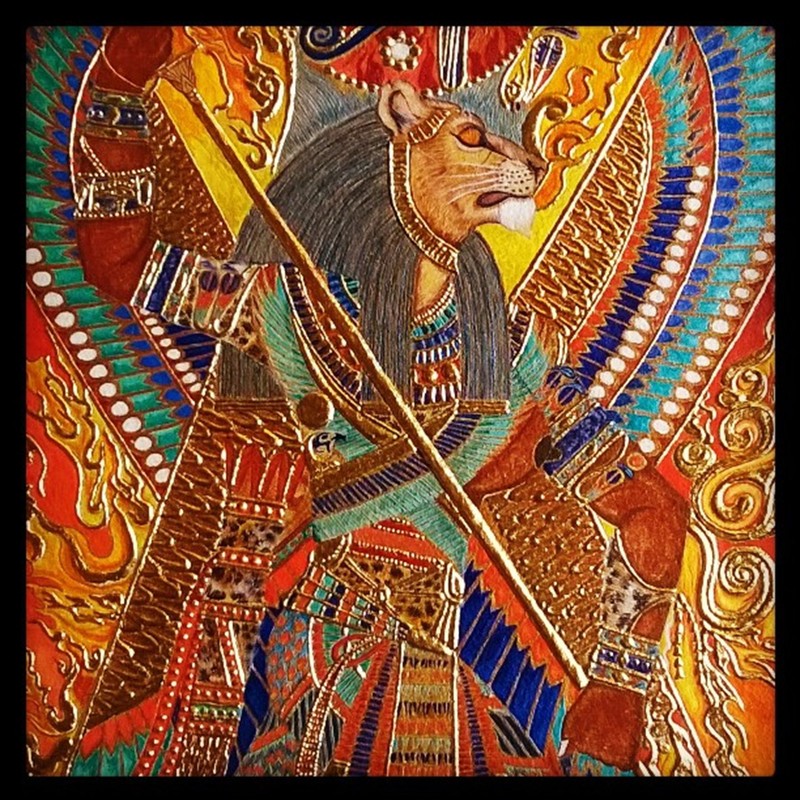
4.Hades, the Great Lord of the Underworld
Hades, ruler of the Greek underworld, inspired fear for judging souls and controlling the afterlife’s darkness. Mortals avoided uttering his name, associating him with death and shadows. Despite not being inherently evil, Hades’ role in the afterlife and cruel punishments, like Sisyphus’ eternal torment, contributed to his fearsome reputation.
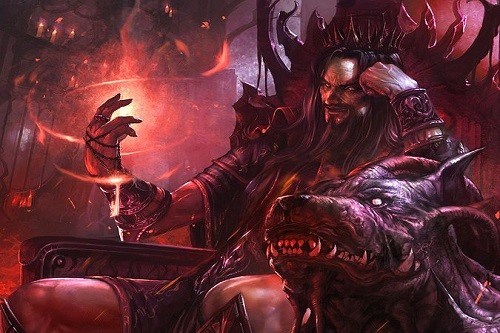
5.Fearsome goddess Kali, the Dark Mother
Kali, Hindu goddess of destruction, wore a necklace of severed heads, symbolizing her ferocity. A powerful and complex deity, Kali represented both destruction and transformation. Devotees sought her blessings for protection and destruction of negative forces, fearing and respecting her dual nature.
6.Ares, the God of War
Ares, Greek god of war, reveled in chaos and violence, embodying the brutal aspects of warfare. Feared by soldiers for his bloodthirsty nature, Ares’ association with bloodshed made him a symbol of war’s destructive force.
7.Tiamat, the Primordial Chaos
In Babylonian mythology, Tiamat, a monstrous dragon, waged war against younger gods, symbolizing chaos and destruction. A central figure in the Babylonian creation myth, Tiamat embodied forces needing control for creation and order to prevail.
8.Tezcatlipoca, the Shape-Shifter
Tezcatlipoca, an Aztec god, associated with fate and sorcery, often appeared as a jaguar, spreading fear and chaos. His unpredictability and involvement in human sacrifices contributed to his fearsome reputation.
9.Angra Mainyu, the Zoroastrian Evil Spirit
Angra Mainyu, embodying evil in Zoroastrianism, opposed the god of light and goodness, representing darkness and destruction. Responsible for spreading chaos and suffering, Angra Mainyu’s role in various forms of misfortune instilled fear among followers.
10.Surt, the Fire Giant of Ragnarök
Surt, a fire giant in Norse mythology, destined to bring about Ragnarök, wielded a flaming sword, leading destruction’s forces. Feared for his role in the prophesied end of the world, Surt’s flames would engulf the cosmos, consuming everything in an apocalyptic battle against the gods. Ordinary believers dreaded any mention of Surt, recognizing him as a fearsome mythological figure.

